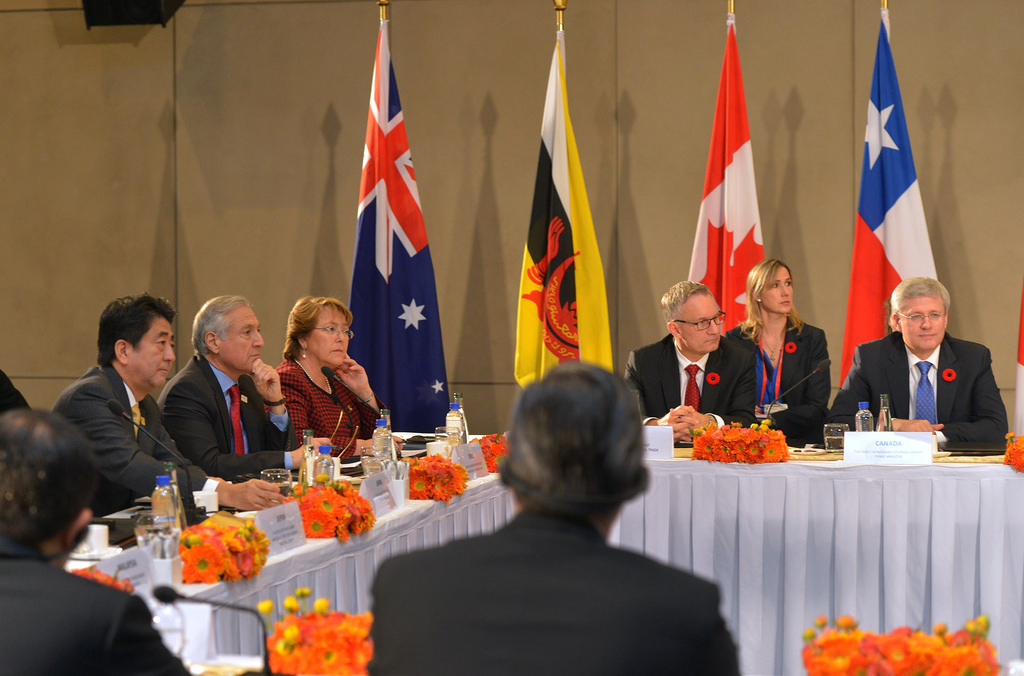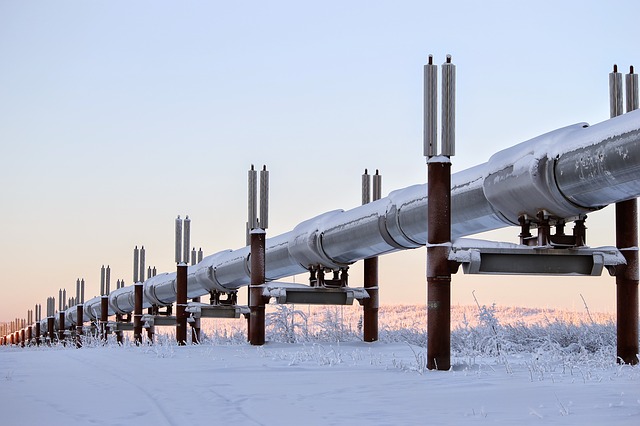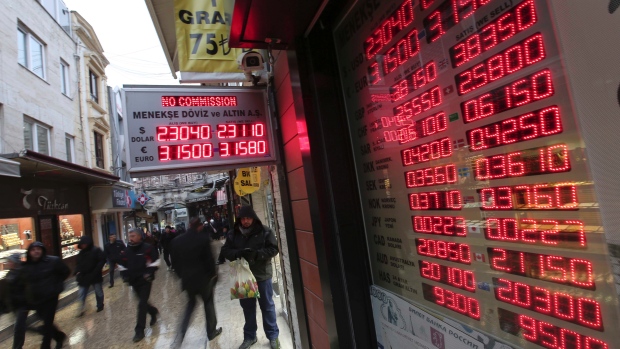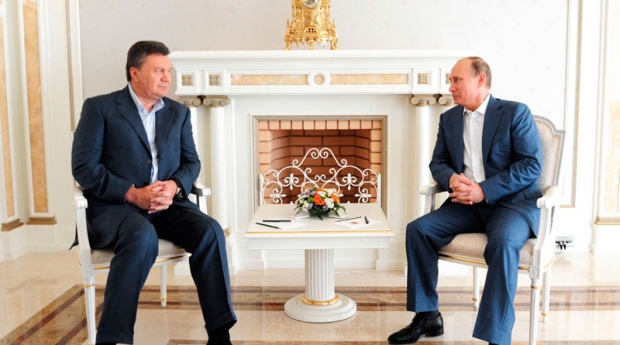While much focus has been made the potential for global economic and trade growth as a result of the Trans-Pacific Partnership (TPP) of 12 Pacific rim states (Australia, Brunei, Canada, Chile, Japan, Malaysia, Mexico, New Zealand, Peru, Singapore, the United States and Vietnam), for those looking from the outside China´s exclusion from this mega-trade deal has been a point of contention. With President Obama asserting that, “We can’t let countries like China write the rules of the global economy” in a White House press releases referring to the TPP, concerns have been raised over attempts to contain China´s economic growth.
As a result of exclusion from the TPP, economists from the People´s Bank of China have estimated a 2.2% reduction in potential Chinese GDP. Moreover, the TPP´s rules of origin encouraging component sourcing from within the TPP might deteriorate Chinese competitiveness in global markets with China being the largest product component producer in the world. China´s ambitions to move into high-tech industries are also dampened with Japan having increased access to American markets over China once the TPP comes into effect. Once successfully ratified by respective governments, the TPP will account for 40% of global gross-domestic product (GDP) and a third of global trade. The fact that China, the world´s largest trading nation, has been excluded will have larger implications on the emergence of competing regional trade blocs.
China´s outsider status may see it pursue more aggresively the creation of alternative trade blocs to the TPP as a counterbalance to growing US influence over regional trade. China is already in the process of working with members of the Association of South-East Asian Nations (ASEAN) +6 (including Australia, China, India, Japan, South Korea and New Zealand) to create the Regional Comprehensive Economic Partnership (RCEP), establishing free trade. The 16 member states of the RCEP are responsible for 27% of global trade and cover roughly US$21 trillion of global GDP. Conversely, the exclusion of the US from the RCEP gives China the upper-hand in gaining influence over its Asia-Pacific trade partners by pressuring them into accepting its terms or by offering more attractive trade and investment terms. In the future, the RCEP may become a more attractive alternative for developing countries since it does not have the higher trade standards of the TPP over matters such as e-commerce, investment protection, and information control policies.
Not only could this bring those left out of the TPP further into China´s sphere of influence, but also undermine the effectiveness and cohesion of the TPP. China is the largest trade partner of Australia, New Zealand, Japan and Vietnam, are all members of the TPP, meaning it could apply economic pressure to bring their trade policies closer in line with those desired by China. During the early stages of TPP negotiations, the governments of Australia and New Zealand reportedly went as far as telling US policymakers of their intent to withdraw from the TPP if it were designed to contain China.
Elsewhere, China is looking to increase its trade clout in Central Asia with the proposed Silk Road Economic Belt and the Maritime Silk Road projects. The Silk Road initiative plans to streamline border crossings and build highways, railways and energy pipelines extending through Central Asia, the Middle East and into Europe while the Maritime project aims to build a network of ports across China and the Indian Ocean to facilitate shipments to Africa and Europe. The Silk Road projects are backed by the Shanghai Cooperation Organization (SCO) (including China, Russia, the Central Asian republics and acceding members India and Pakistan) in order to promote security and economic cooperation between members. Beijing´s strong advocacy for free trade and development negotiations within the SCO has been met positively with the desire of the Central Asian countries to tap into China´s investment funds and development initiatives despite Russia´s reluctance to see Chinese encroachment on its regional influence. The Chinese government has already announced billions in infrastructure and energy deals and will only intensify efforts to solidify an expansive trade agreement in Central Asia and abroad the longer it is kept out of such significant trade agreements like the TPP.
In the long run, the emergence of different trade blocs dominated by competing major world economies like China and the US risks limiting regional engagement and development to those countries in the bloc. Furthermore, countries with overlapping membership between trade blocs might find themselves in an awkward situation in their attempts to appease competing world economic powers and might be limited in developing trade policies, thus creating trade inefficiencies. The inclusion of influential economic powers into regional trade blocs is a necessary step to insuring stable progress in trade and economic growth.





